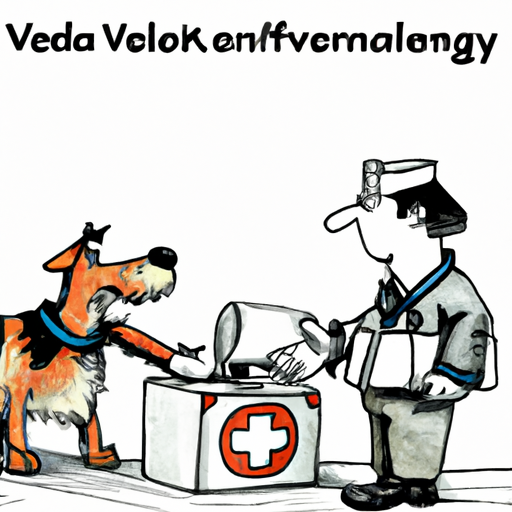Accidents happen, and as a caregiver to your furry friend, knowing how to handle such situations can make all the difference. In this guide, we will walk you through the necessary steps on how to stop your dog’s paw from bleeding.
H2: Understanding the Severity of the Situation
First and foremost, before jumping into action, it’s vital to understand the severity of the situation.
- Minor cuts or scrapes: These are superficial, only affecting the outer layer of your dog’s paw.
- Moderate cuts: These cuts go deeper than the outer layer but don’t reach any major blood vessels.
- Severe cuts: These cuts are the deepest, often reaching major blood vessels and requiring immediate veterinary attention.
H2: Staying Calm and Assuring Your Dog
In an emergency, your dog looks up to you. If you panic, your dog will, too. So, it’s essential to maintain a calm demeanor.
- Speak to your dog in a soothing voice.
- Keep your movements slow and deliberate.
- Petting your dog gently can also help to calm them.
H2: Treating the Wound
Once you’ve assessed the injury and calmed your dog, it’s time to treat the wound.
- Clean the wound: Use warm water and mild soap to gently clean the wound.
- Apply pressure: Use a clean cloth or bandage to apply pressure to the wound and stop the bleeding.
- Bandage the wound: Once the bleeding has stopped, apply a clean bandage.
H2: Seeking Veterinary Help
If the bleeding does not stop or if the wound is severe, seek immediate veterinary help.
| Severity | Action |
|---|---|
| Minor | Clean and bandage at home |
| Moderate | Try to stop the bleeding and then seek veterinary help |
| Severe | Seek immediate veterinary help |
H2: Aftercare and Prevention
After the wound has been treated, it’s important to focus on aftercare and prevention.
- Keep the bandage clean and dry.
- Prevent your dog from licking or biting the wound.
- Regularly check the wound for signs of infection.
FAQ
Q1: How long should it take for the bleeding to stop?
Typically, with mild to moderate cuts, the bleeding should stop within 5-10 minutes of applying pressure.
Q2: What if my dog continues to lick the wound?
Consider using an Elizabethan collar (also known as an E-collar or “cone”) to prevent them from licking the wound.
Q3: How can I tell if the wound is infected?
Signs of infection include swelling, redness, heat, and pus. If you notice any of these, contact your vet immediately.
Q4: How can I prevent future injuries?
Regularly trim your dog’s nails, keep their living area clean and free of sharp objects, and always monitor their outdoor activities.
Remember, when it comes to your furry friend’s health, being prepared is half the battle won.



